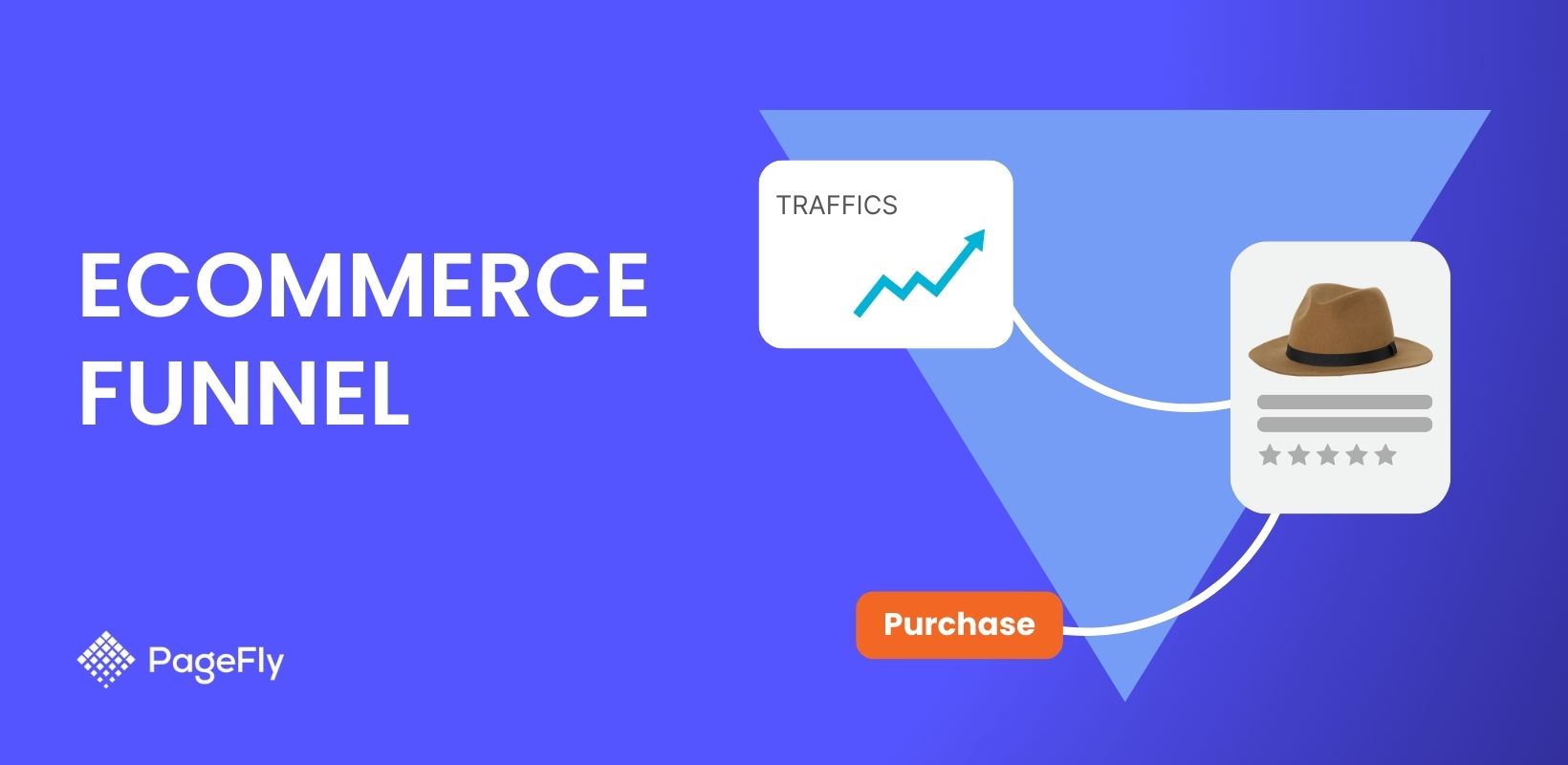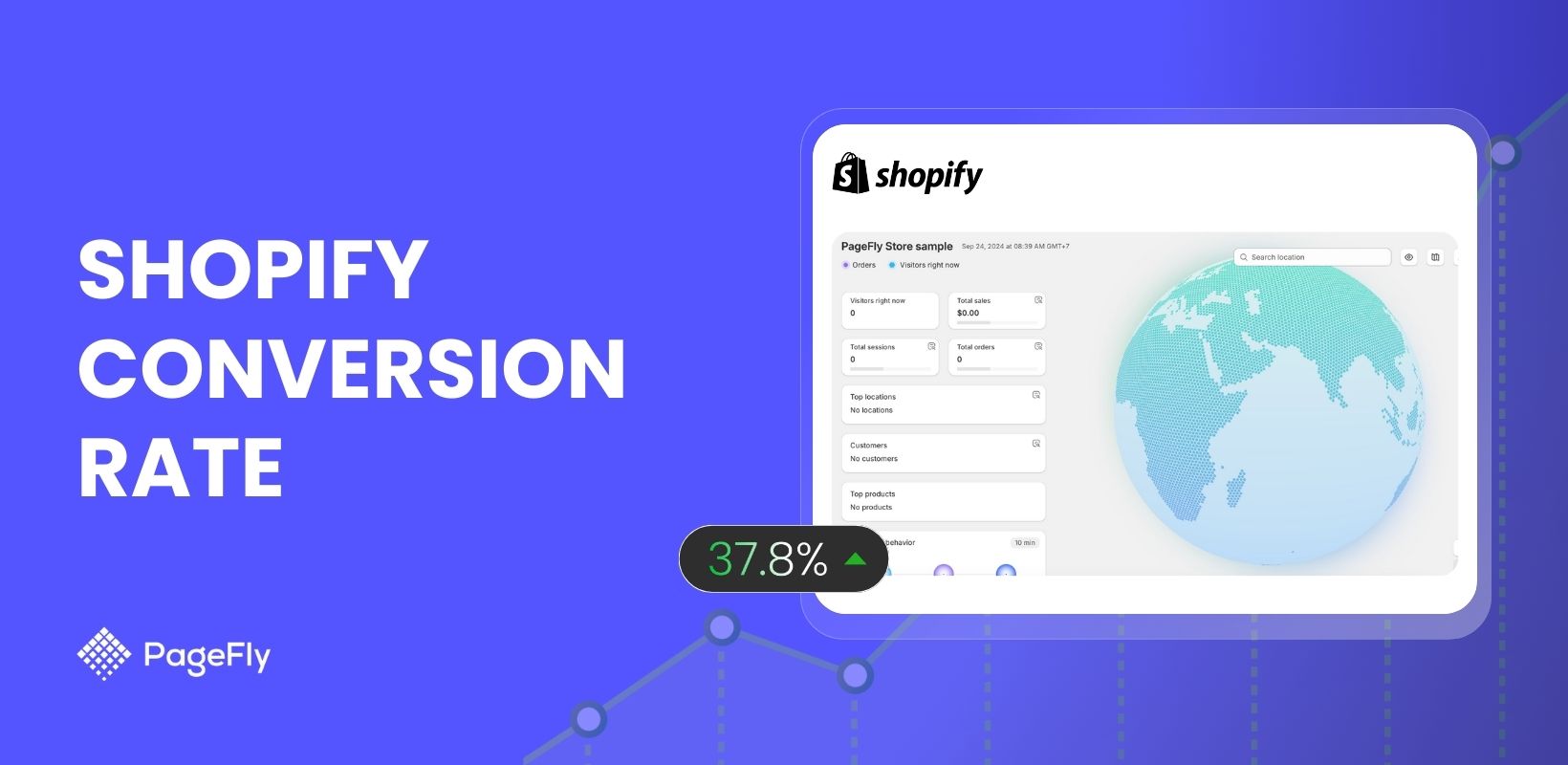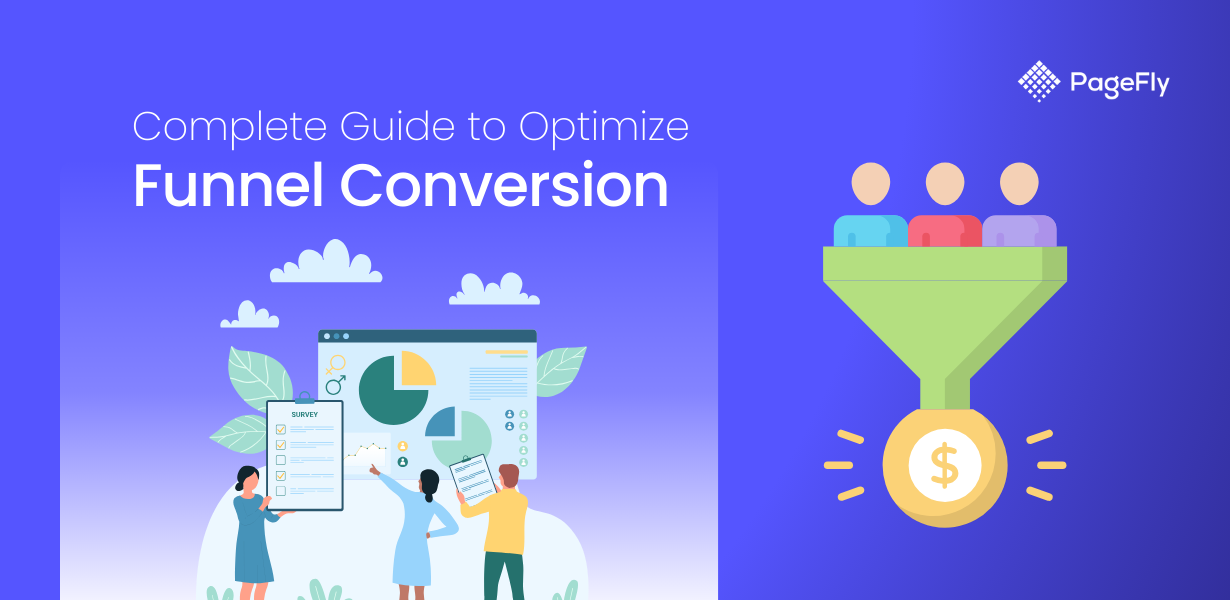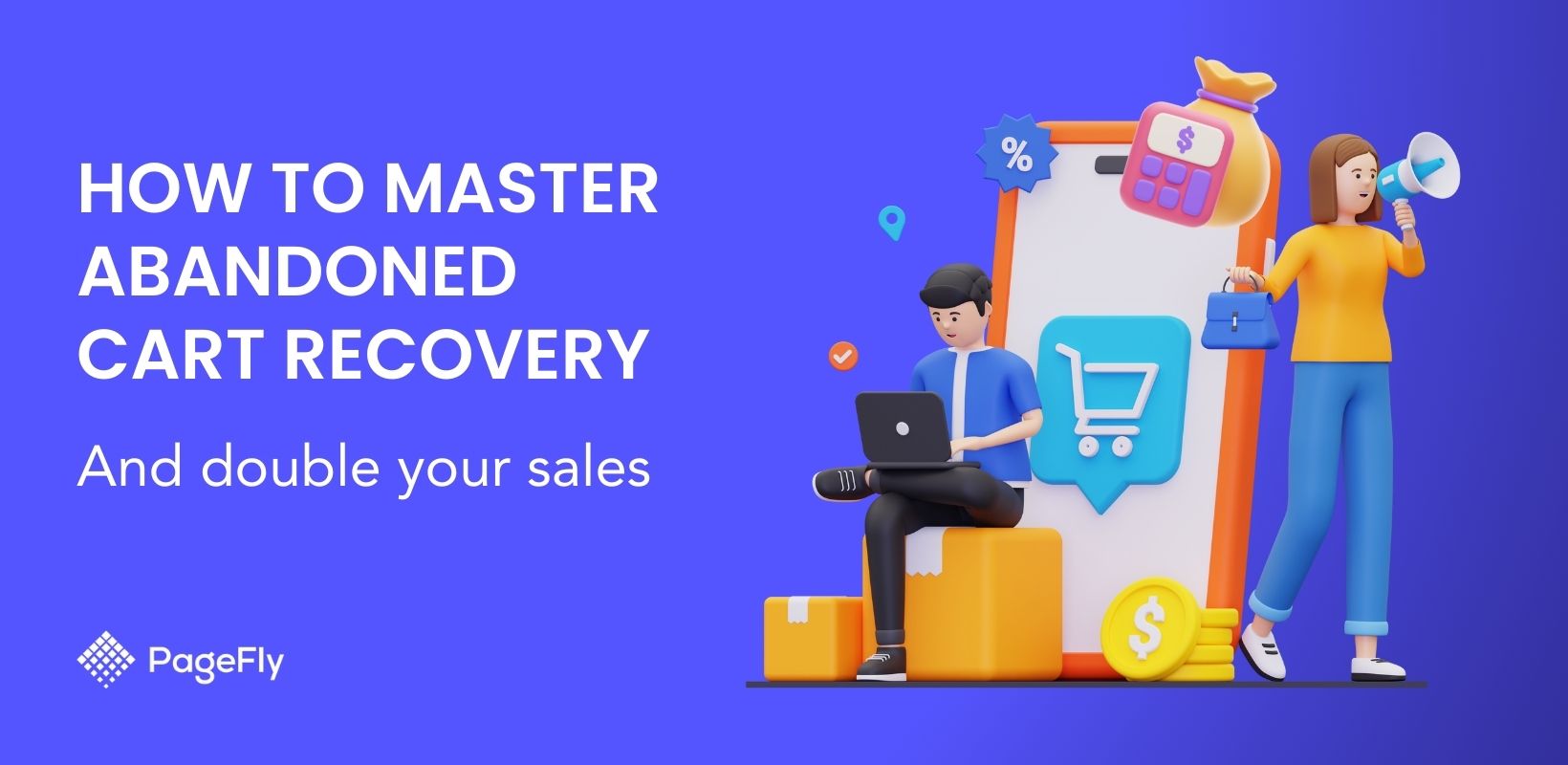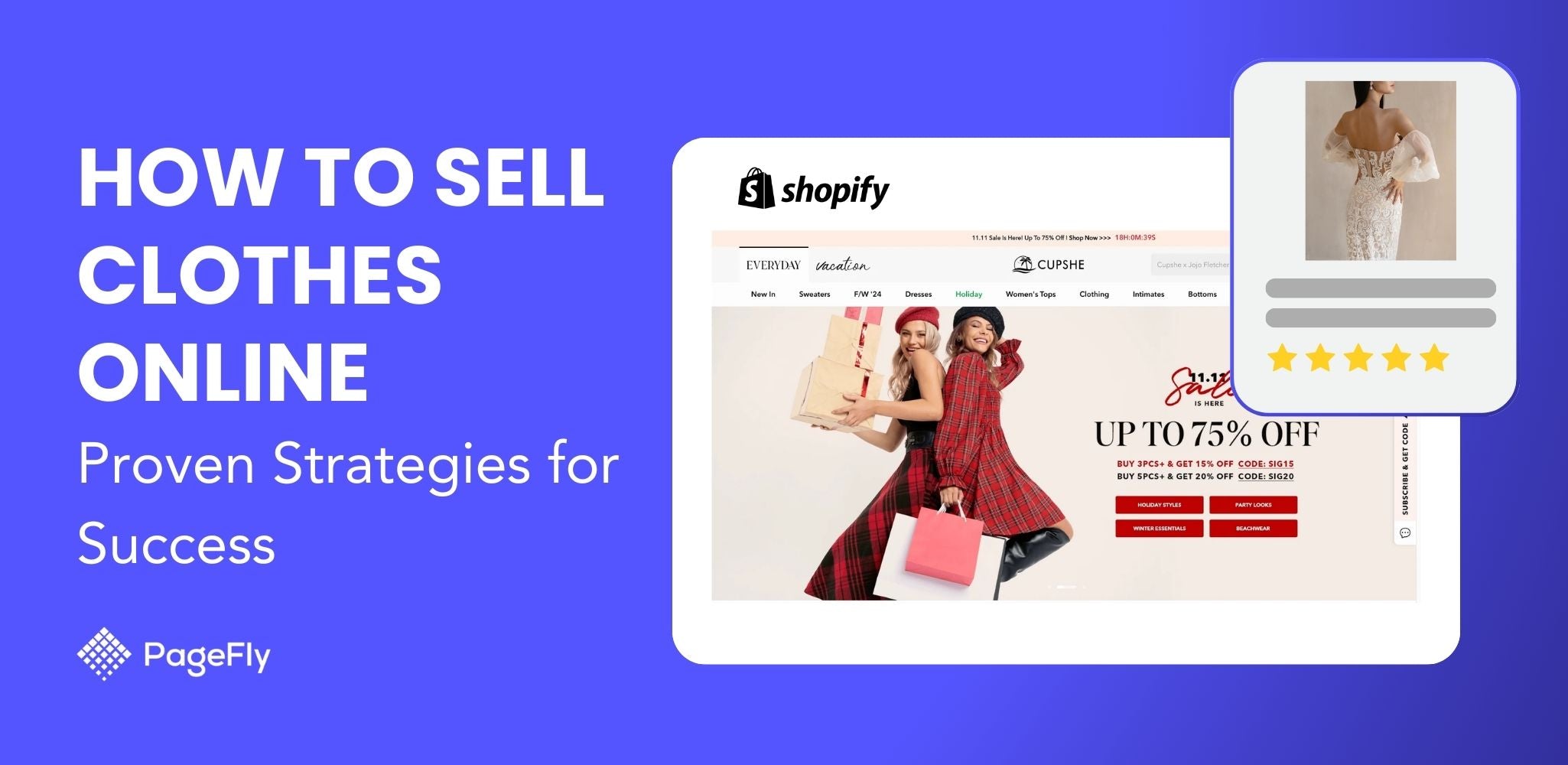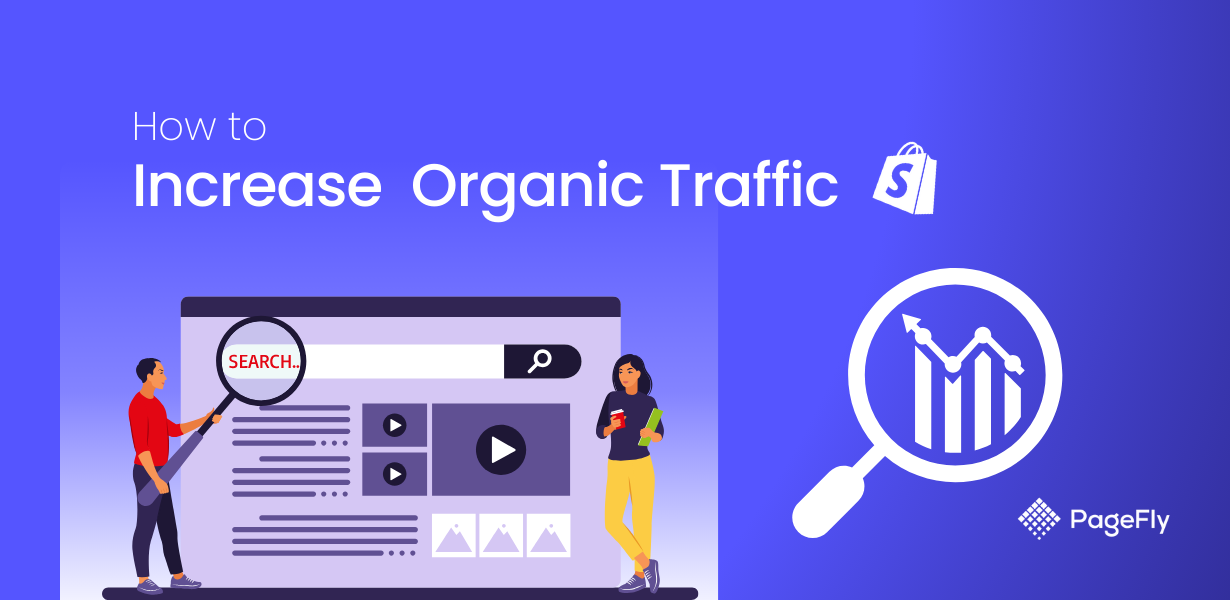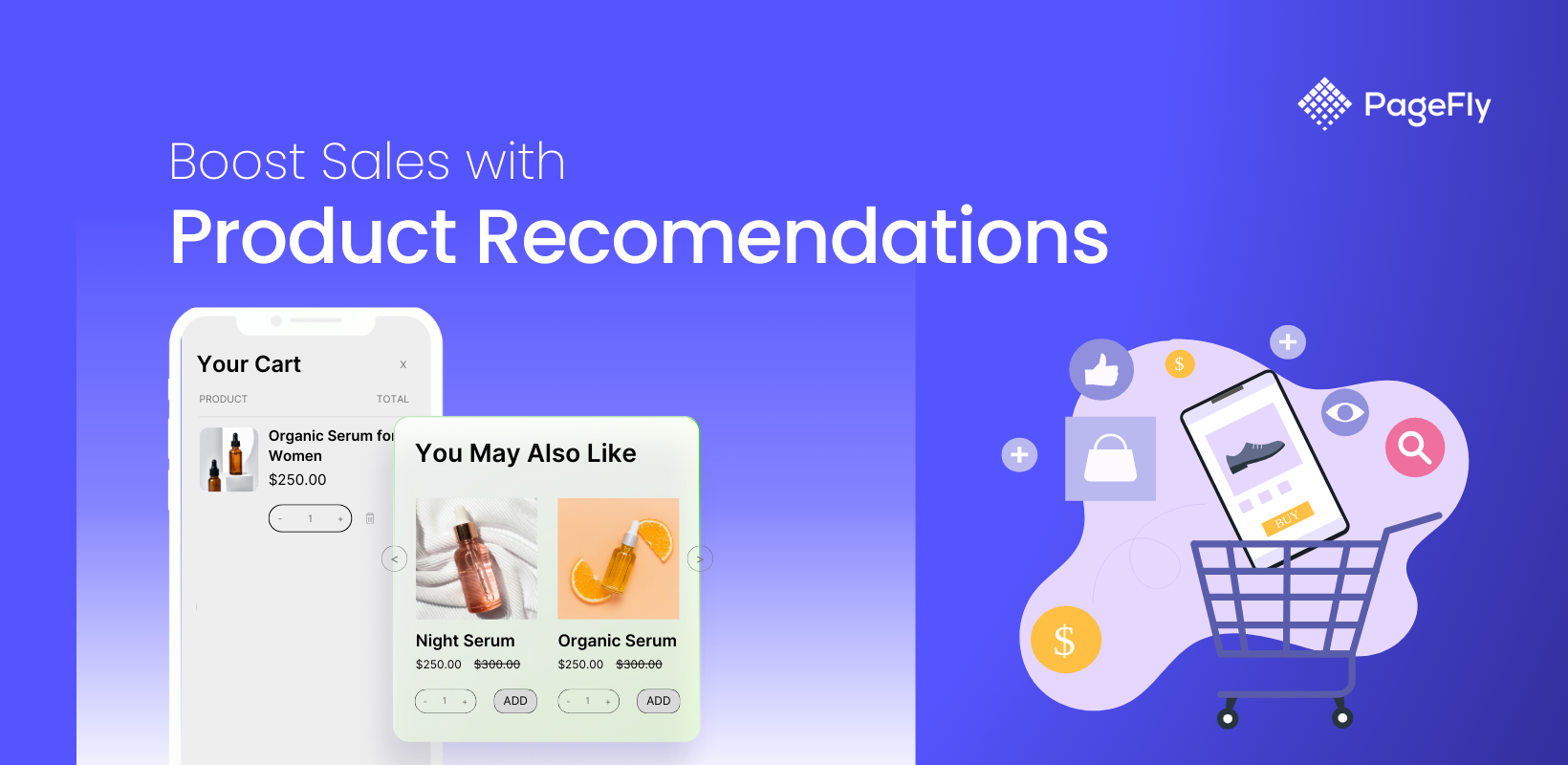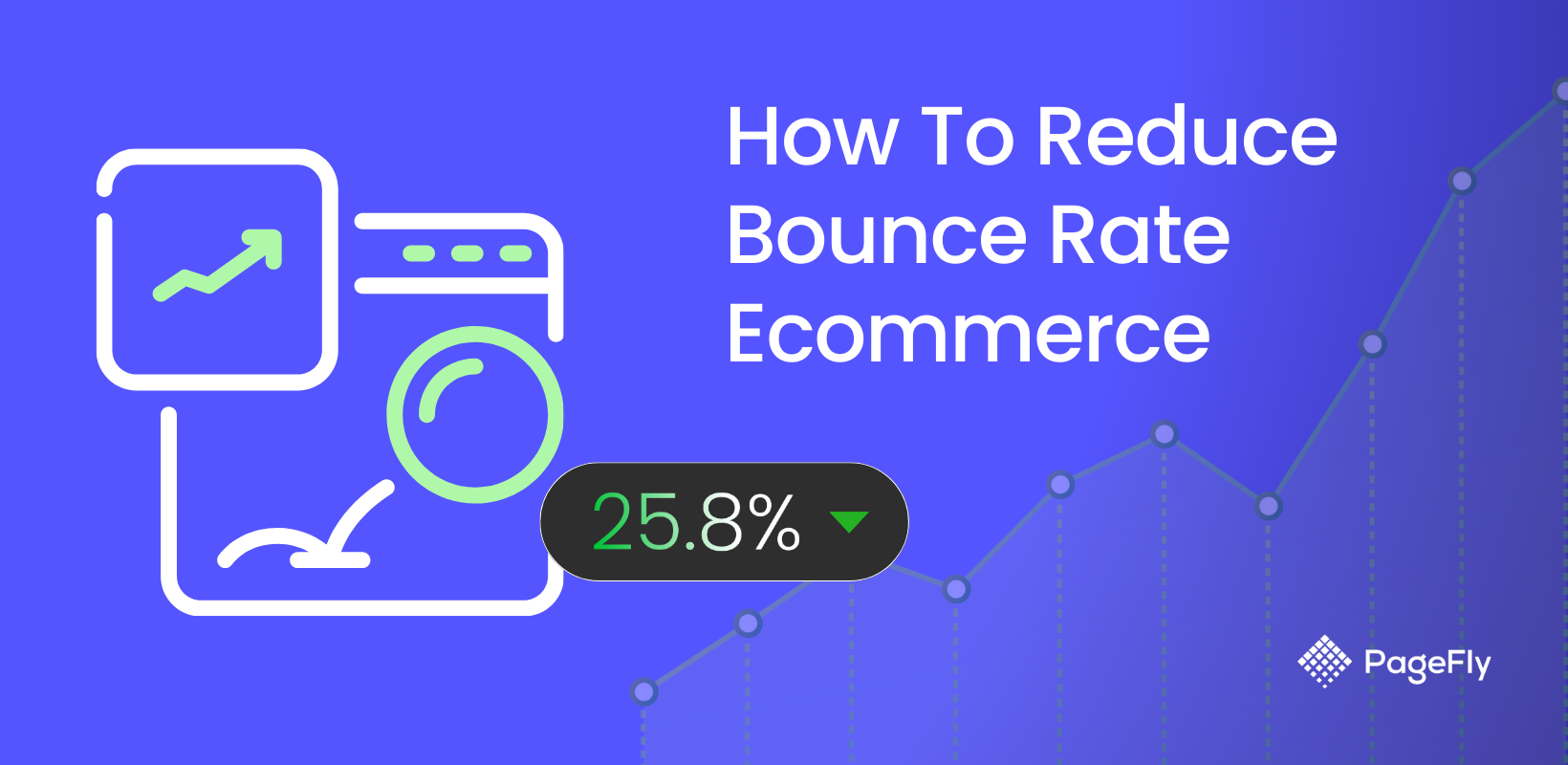Every new online store owner faces the same pressing question: how do I turn website visitors into paying customers? The answer lies in building an effective ecommerce marketing funnel.
For beginners just starting their online selling journey, understanding and implementing a proper conversion funnel can mean the difference between struggling to make sales and creating a sustainable business. This article will provide insights to build your first ecommerce funnel, plus reveal trending strategies that successful stores are using in 2025 to accelerate their growth.
What is an Ecommerce Funnel?
Definition of ecommerce sales funnel
An ecommerce funnel represents the journey customers take from first discovering your online store to completing a purchase. Think of it as a roadmap that guides potential customers through their buying journey, starting with many potential customers at the top and narrowing down to those who actually make a purchase.
According to Shopify's 2024 commerce trends report, businesses that actively manage their ecommerce funnel see conversion rates up to 3 times higher than those who don't.
Stages of the ecommerce funnel
The classic ecommerce funnel consists of four main stages:
- Awareness Stage: At this top-of-funnel stage, potential customers first learn about your store through various channels like social media, search engines, or word of mouth. For new sellers, this often means focusing on building visibility where your target audience spends time online.
- Interest Stage: Once aware of your store, visitors begin exploring your products and content. This is where they evaluate whether your offerings match their needs. Strong product descriptions, engaging blog content, and clear value propositions are essential here.
- Desire Stage: At this point, potential customers are seriously considering making a purchase. They might add items to their cart, read reviews, or compare prices. This stage is crucial for building trust and addressing any potential concerns.
- Action Stage: The final stage where visitors become customers by completing their purchase. A smooth, trustworthy checkout process is critical here.

📌 Note: The above funnel is a fundamental flow, there will be more stages based on your selling strategies.

Common Mistakes & Solutions for a Good Ecommerce Funnel
Many new sellers struggle with their ecommerce funnels due to common challenges at each stage. Incorporating CRO marketing strategies can significantly optimize these stages for better conversions. Let’s examine these issues and their solutions.
Low traffic at the awareness stage
The most common challenge for new stores is getting enough people into the funnel. Many beginners make the mistake of trying to be everywhere at once, spreading their resources too thin.
Solution: Start by focusing on one or two marketing channels where your target audience is most active. For instance, if you're selling visual products, prioritize platforms like Instagram or Pinterest. Use analytics to track which channels bring the most engaged visitors.
High bounce rates in consideration
Visitors leave without exploring your store deeply enough to consider purchasing. Poor website navigation or unclear value propositions often hinder conversions, but improving CRO and UX can address these critical barriers effectively.
Solution:
- Ensure your website loads quickly, and use Google PageSpeed Insight to audit your store speed
- Create clear category structures
- Display trust signals prominently (secure payment badges, reviews)
- Use high-quality product images
- Write clear, benefit-focused product descriptions
New sellers can also refer to below traffic quality indicators to make sure their top of the funnel is effective:
- Bounce Rate: Should be under 40-45% for effective traffic (Wolfgang Digital's KPI Report)
- Average Time on Site: 2-3 minutes indicates engaged visitors (Contentsquare's Digital Experience Benchmark Report)
Cart abandonment in conversion
The global cart abandonment rate averages around 70%, according to Baymard Institute's extensive study of 48 different researches. For new stores, this rate can be even higher due to common trust and usability issues.
Solution:
- Offer multiple payment options
- Display shipping costs early in the process
- Implement a simplified checkout process
- Use cart abandonment emails to recover potential sales
- Consider offering free shipping thresholds
Trending Ecommerce Funnel Examples in 2025
Omnichannel
Starbucks has created a seamless omnichannel experience centered around their mobile app and rewards program. It is worth noticing that big brands like Starbucks implement complex funnels to attract customers. The below funnel is broken down into simple stages that can be a great example for a new brand.
For the Awareness and Consideration stages:
- Starbucks uses various channels to attract potential customers:
- Social media marketing on platforms like Instagram and Facebook
- Traditional advertising (TV, print, billboards)
- Word-of-mouth from existing loyal customers

To leverage the strength of diverse sales channels for the conversion stage, Starbucks implements several tactics to sell online:
- The Starbucks Rewards app acts as a key conversion tool. Customers can sign up for free and receive a rewards card. The app offers personalized promotions and recommendations based on past purchases.
- Users can order and pay ahead through the app, website or delivery services.


AI & automation
Artificial intelligence is revolutionizing how ecommerce funnels operate in 2025. Even new sellers can leverage AI tools to optimize their funnels without significant investment. Below is a simple ecommerce funnel with AI & automation that you can look at.
Awareness Stage |
|
Consideration Stage |
|
Conversion Stage |
|
Retention Stage |
|
DTC funnel
The DTC model continues to gain traction, with brands focusing on building direct relationships with customers.
Awareness Stage |
|
Consideration Stage |
|
Decision Stage |
|
Purchase Stage |
|
Post-Purchase Stage |
|
Loyalty & Advocacy Stage |
|
Building Your Success: Taking Action with Your Ecommerce Funnel
Creating an effective ecommerce sales funnel doesn't have to be overwhelming for new sellers. Reviewing landing page examples from successful brands can provide inspiration to start with the fundamentals and gradually enhance your funnel as your business grows. Here's your action plan to get started:
- Begin by mapping out your basic funnel stages - awareness, interest, desire, and action
- Focus on one stage at a time, starting with getting quality traffic to your store
- Implement basic solutions for common challenges like cart abandonment and high bounce rates
- Choose one or two trending strategies that align with your business model and resources
Remember that your ecommerce marketing funnel is not a "set and forget" system. Successful stores constantly monitor their funnel metrics and make data-driven improvements. Start small, test different approaches, and always keep your customer's journey in mind.
Ready to take the next step? Start your customer journey by creating a high-converting landing page with PageFly. Your first sale is closer than you think.




